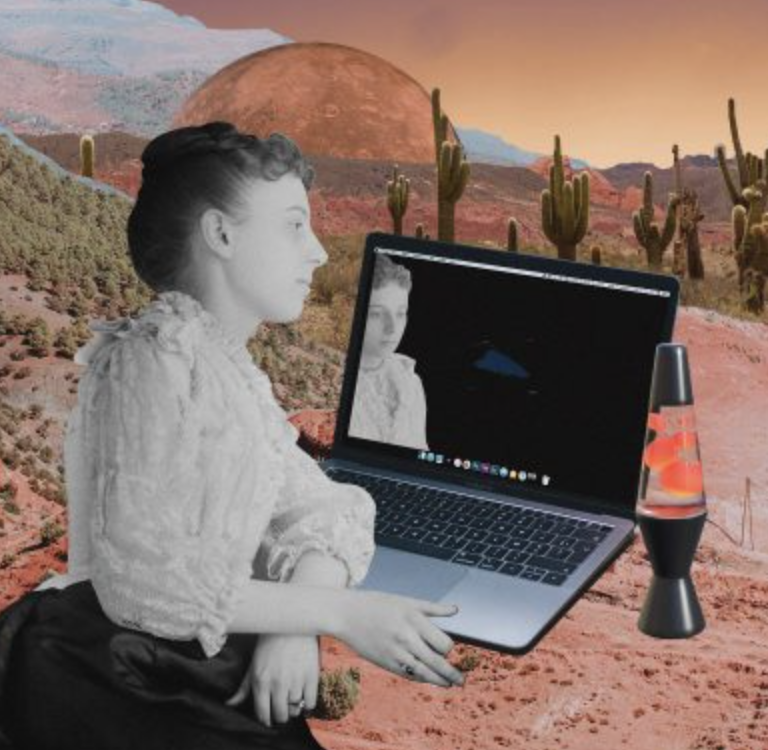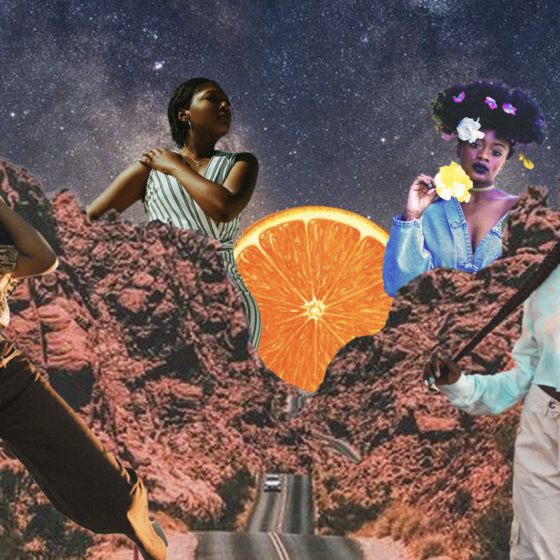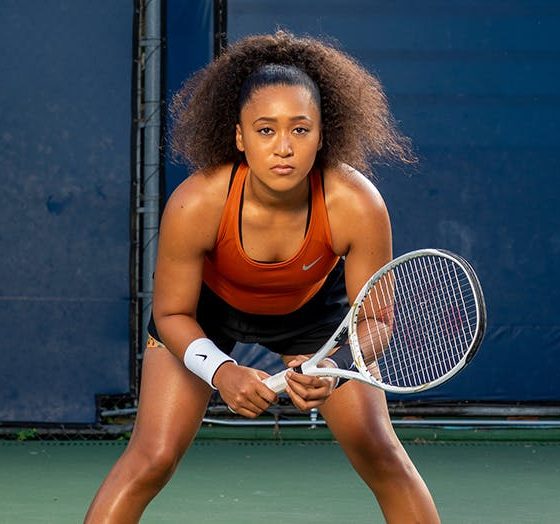I recently spoke to my aunt about the boredom of isolation, and the celebrities reduced to living identically strange lives, publishing their attempts to combat the monotony.
‘They’re all just as desperate as us, aren’t they?’ she said.
I think that’s true. We’re all just striving for some semblance of normality, whether that’s having something around which to structure the day (e.g. a trip to Lidl), sitting at the coffee table like it’s a desk, random DIYB (Do It Yourself, Baby; or Do It Yourself, Badly – you decide) or sunbathing, but on the tarmac in front of your house.
Our distance from those whose lives could only be accessed behind the screens and filters of social media or tabloid headlines has lessened, and our proximity to everyone is now universal, applied to our friends, family, hobbies and employment.
Celebrities have never felt closer or less impressive.
OMG, I love your kitchen
We have new visibility of each other’s spaces. One of my isolation highlights has been watching reformatted entertainment like The Graham Norton Show. Instead of interviewing celebrities in-person on his sofa, Graham now chats to his guests in paradoxically closer and yet more distant quarters in short one-on-one virtual meetings. It works beautifully.
Despite the spatial distance, we now experience his guests intimately, watching them chat from a space not meant for their glossy interview personas – there are no lights, there is no make-up team and it’s all at the mercy of the Wi-Fi signal. It adds, I think, a voyeuristic layer to our viewing experience that both satisfies our nosiest inclinations to snoop around people’s houses and weaves in a layer of tension via the threat of interruption from each interviewee’s uncurated life.
Patrick Stewart, for instance, talked about framing the puzzles he’s completed, glancing over for the approval of his wife who had joined the call. Martin Freeman wore a slick shirt but sat by his staircase. Thandie Newton talked through her chin-face makeup tutorials and Daisy Haggard explained the spider funeral she held with her children, while Michael Sheen used a torch to simulate his Chris Tarrant Quiz performance, but to the sound of a crying baby in the background.
Life in isolation has achieved the equivalent of breaking the fourth wall on the veneer of people’s lives. If any deeper meaning can be taken from it, it’s that polarised lifestyles lose their weight when we’re all dealt the same hand.
Can I come in?
I should say here that I was made redundant just before mass isolation. I had five unadulterated weeks practice of observation, reflection and reality TV. I powered through five seasons of RuPaul’s Drag Race and now narrate my wardrobe choices every morning: ‘today I’m serving a soft cotton loungewear extravagaaanza’.
The timing of my unemployment also meant that my job hunt had to be virtual. I realised during this period that the thrill of peeping in on people’s isolation home lives is not exclusive to the rich and famous. Strangers, too, deliver the voyeuristic satisfaction that comes from seeing how living rooms are decorated and family life is orchestrated. In fact, all the tension and nerves (and charisma, uniqueness and talent #RuPaul) that you might commonly associate with interviews are dispelled instantly when an interviewer’s six-year-old child launches himself onto the sofa behind the laptop, when the isolation-purchased puppy comes in and starts whimpering, or when the MD of a serious publication is offered tea from their mum, whose house they’ve returned to.
There is something about being at home that de-robes any formality that you might otherwise have feigned.
I see you
When I talk about voyeurism, I mean it in the cinematic, rather than the seedy, sense. “The act of peering into and spying on other people’s activities and private moments. The subject does not know that he or she is being watched, which leaves the voyeur free to try to interpret what he or she sees.” Alfred Hitchcock’s Rear Window is the archetypal example, albeit a gendered one. The main character spends the film peering from his house into the windows of his neighbours and becomes convinced that he has inadvertently witnessed a murder.
In the context of isolation video chats, the voyeuristic pleasure is twofold.
Firstly, we see people outside the frames in which we ordinarily keep them, which means strangers and celebrities deliver equal levels of intrigue in their home settings.
Our instinct to judge, dilute and categorise means that we’ve come to view everyone from a distance within our own simplified parameters: beautiful pop singer, senior recruiter, Shakespearean actor, tech founder etc. Those parameters are now smashed, and in the same way that it’s funny and weird to see your childhood friend in situ at work as a respected solicitor, it’s strange seeing senior colleagues in their onesies and slippers.
The second pleasure comes from spying in on the frame around the people we’re speaking to and judging the bits that we’re not supposed to be looking at. Our presumptions are satisfyingly confirmed, or humbly dashed, by the video chat format. A young, trendy People Manager who is surrounded by plants is knee-slappingly satisfying. Similarly, an A-list actor appearing without make-up on a distinctly normal sofa is so painstakingly mundane it becomes a talking point.
Don’t judge me
It’s interesting the extent to which our characters are exposed by isolation video chats. If we don’t wear make-up for a virtual interview, are we being arrogant? If we do wear it but no one else does, is it vain? If our bed is in the background of a call, should we bother making it? If we’ve dressed up for a video chat, is it resilience, attention-seeking or insecurity? If we post more on social media, are we lonely? If we drink more, is it more than just boredom?
Perhaps it’s mere speculation and we’re all just nosy. But I think that at the heart of the pandemic-induced voyeurism is the fact that, for the first time, we are being forced to view the people in our peripheries as actual people for the first time. Distance has made them nuanced, rounded and real.









